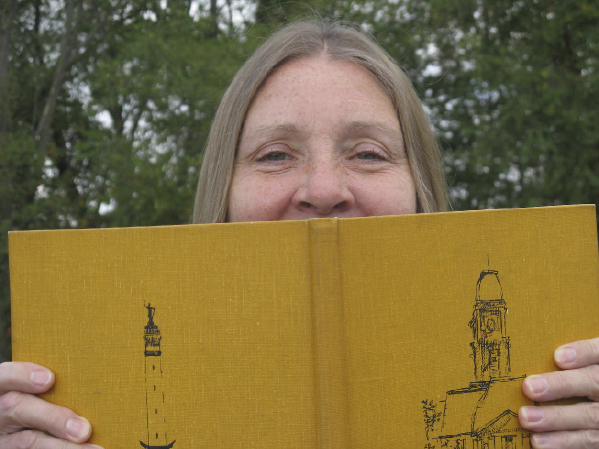Women in Breeches

Since March is Women’s History Month, this seemed like a good time to write about the early women’s rights movement in Hamilton County.
Believe it or not, Indiana was one of the first states to hold Woman’s Rights Conventions.
(In the beginning, it was always “woman’s rights,” singular, not “women’s rights.” I’m not sure when “women’s rights” became the preferred term.)
Indiana’s first Woman’s Rights Convention took place in the Wayne County town of Dublin in 1851, just three years after the first national conference in Seneca Falls, New York.
A permanent women’s rights society was organized the following year at a convention in Richmond. Annual state conventions continued after that, moving between Richmond, Indianapolis and Winchester, until 1860 when the threat of civil war brought them to a halt.
The first post-war convention took place in Indianapolis in June, 1869.
A month later, a group of women met in Westfield to organize a Woman’s Rights Association. A constitution was adopted, officers were elected and an initiation fee of 50 cents was established. Members were to meet weekly at Westfield’s town hall.
That initial meeting didn’t go unnoticed. In the months that followed, the subject of women’s rights was a hot topic among readers of the Hamilton County Register (the ancestor of the Ledger.)
One snarky Deming man, “Oliver Optic” (letters to the editor usually appeared under aliases,) took a dim view of women gaining equal treatment.
He argued that if women and men both wore pants there would be nothing to restrain men from using obscene language and declared, “when women wear breeches and make laws, we will have no more girl babies born into the world.”
“Marion” shot back, “Suppose the women did wear breeches and literally dress like men, would that change the sex, or in any way change the nature of the sex? I apprehend not.”
“Ella G.” noted that obtaining the right to vote was only a first step. “We claim that every college should open her doors to woman; that custom and society should recognize every avenue of labor as free to woman as to man, that she should have equal wages for equal work.”
That October, a Woman’s Rights Convention took place in Westfield. Spread over two days, it was attended by over two dozen women from across the county and — surprisingly — nearly as many men.
Several resolutions were discussed at the meeting, including one thanking Indiana Congressman George W. Julian for introducing “the Sixteenth Amendment” to the U. S. Constitution earlier that year. It was the first bill for women’s suffrage ever submitted to Congress.
(Julian’s bill died without a vote. We had to wait for the Nineteenth Amendment.)
In addition to several local speakers, the conference featured two impressive female orators — “Mrs. Swank” of Indianapolis and “Mrs. Livermore” of Chicago.
“Mrs. Swank” was Emma B. Swank, one of the most prominent voices of the Indiana women’s movement at that time. She served twice as president of the state Woman’s Rights Society.
“Mrs. Livermore” was Mary A. Livermore, a journalist, abolitionist and women’s rights advocate with a national reputation. She was a tireless lecturer on behalf of women’s suffrage and the temperance movement.
A constitution and bylaws for a new county organization, the Hamilton County Woman’s Suffrage Convention were also presented during the conference. However, the 1869 convention seems to have been the only one ever held here.
I’m not sure what happened, but I did spot a notice in an 1870 newspaper that the “Woman’s Suffrage Association at Westfield” had joined the Good Templars, a fraternal organization dedicated to temperance.
My best guess is, the temperance movement, which was very strong in Hamilton County, absorbed the local women’s suffrage movement.
– Paula Dunn’s From Time to Thyme column appears on Wednesdays in The Times. Contact her at [email protected]
